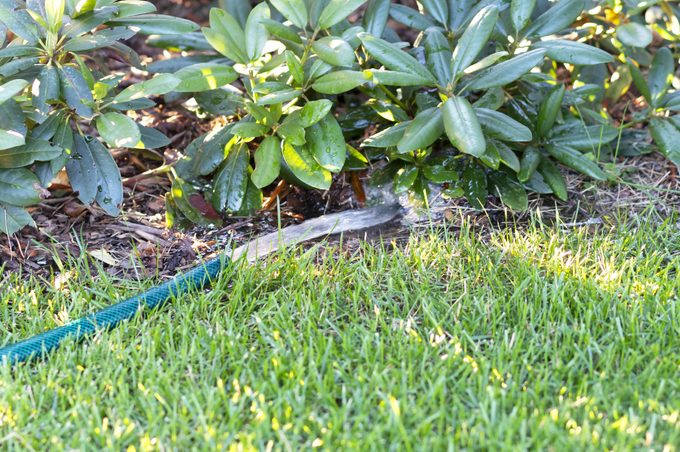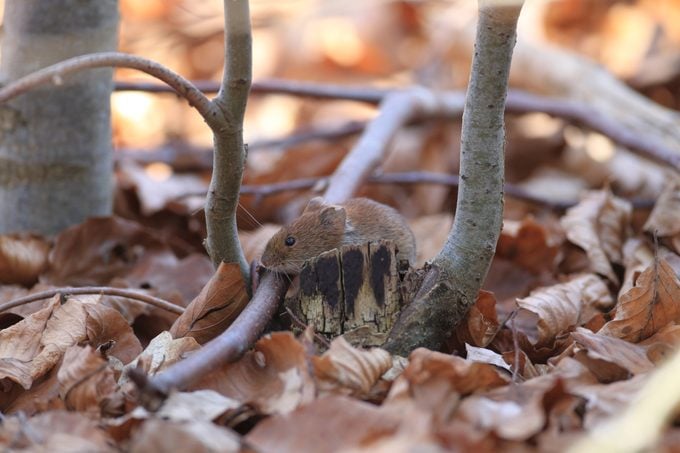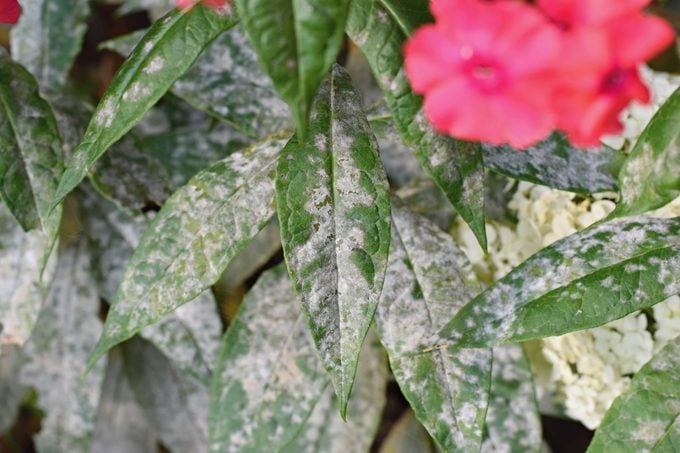If you live where there are four distinct seasons, you can feel it in your bones when the growing season nears its end and it’s time to wind things down in your landscape.
Even if you garden where winter isn’t severe, you’ll notice some of your shrubs and flowers growing slower and losing some color in the fall. That’s because decreasing daylight and cooler nighttime temperatures let your plants know winter is on the horizon.
You’ve worked so hard to achieve an amazing garden, so take a moment in late fall to complete these last few simple tasks to close things down. Your efforts now will have a lasting positive impact on your landscape you’ll appreciate next spring. If you’re looking to learn how to close up your vegetable garden for winter, that’s a different topic.
Garden Winterization Tasks To Do Now
By the time the first frost hits, or by late December in frost-free climates, you’ve likely finished your gardening for the season and prepared your lawn for fall. Let’s talk about a few jobs you may not have thought to tackle yet, plus a few more that are important to continue until winter arrives.
Fall watering

Keeping the plants in your landscape watered consistently until the ground freezes is one of the most effective actions you can take to help them survive the winter damage-free.
The ground stays warmer than the air in the fall, stimulating plant roots to grow vigorously this time of year. It’s especially true of perennials, shrubs and recently-planted trees. Extend the time for them to become established in the fall by keeping the ground moist and mulching around their roots.
Fall watering is extra critical for evergreen plants, including conifers and broadleaf evergreens. Going into winter fully hydrated helps them avoid winter burn on their foliage. Keep them watered consistently until the ground freezes, or throughout the winter months in freeze-free regions.
Mulch plants before winter
Many people mulch their garden beds in the spring, but fall is also a critical time of year to protect the roots of your plants. Mulch helps keep the soil moist and warm, which helps plants continue growing strong.
Perennials, shrubs and trees planted in your landscape this season should take priority for mulch. Spread a three- to four-inch layer of shredded leaves, bark chips or shredded wood around the base of the plant. Don’t lay it right up against the trunk or crown; that prevents insect and rodent damage.
Top-dress garden beds
Most of us garden where the soil isn’t ideal, whether it’s heavy clay, nutrient-poor sand or hard as a rock. That’s where top–dressing your beds in late fall can help. When you add a thin layer of compost or a fluffy layer of shredded leaves on top of your garden beds after your plants go dormant, it greatly improves the structure of your soil over time.
If you repeat this task faithfully, your garden soil will take on a looser, loamy texture and grow rich in the nutrients that help plants thrive. If there’s no time to do it in the fall, don’t skip it for a year. Reschedule this task for early spring before your plants wake back up.
Apply animal repellent in late fall or early winter

Here’s a garden task that many people forget and pay for later with gnawed perennial crowns and stripped tree and shrub bark. Critters like mice, voles, rabbits and deer are still active outside in the winter looking for food. Don’t let your prized hydrangea tree fall victim to voles!
Before the fallen leaves blanket your garden, or at least by the time the ground freezes, put out animal repellent. To deter mice, voles and rabbits, spray the lower 18 inches of young trees, shrubs and vines with a liquid repellent, like Plantskydd, that doesn’t wash off in the rain or snow.
Next, spray the trunks of young trees at eye level to help deter deer from using them as scratching posts. Damage from that scratching, called “buck rub,” can kill the tree if deer rub off enough bark. Tree wraps are also an effective defense against critters.
For extra protection, sprinkle a granular animal repellent on the ground around the crowns of plants. Coral bells and coneflowers are favorites of rabbits and voles, especially when hidden under the leaves or snow. You can’t overuse animal repellent, so feel free to apply it to any plants you’re worried about.
When planting spring bulbs before winter, take extra precautions against squirrels, chipmunks and voles by spraying your bulbs with liquid animal repellent and letting them dry first. Then plant them. If these rodents still foil your bulb planting, you may need to plant the bulbs inside a physical barrier like a chicken wire basket.
Store away or switch out your flower pots
If you live where frost and snow are common, empty and store the flower pots by early winter to avoid damaged. This is especially important for terra cotta, ceramic and plastic pots, which can easily crack from winter’s freeze-and-thaw cycles. Bring the pots into an unheated shed or garage if possible, or turn them upside down and store them in a sheltered spot outdoors.
Early winter is the perfect time to swap out fall container plants for winter evergreen boughs and berry-laden branches to keep things festive. Just be sure you’re choosing frostproof containers. If you live in a frost-free climate, situate them out of the elements.
Know which perennials to cut back in late fall

If you’re growing several kinds of perennials in your landscape, you might be wondering which should be cut back in late fall versus in the spring. While most can wait out the winter intact, there are a few specific guidelines to follow when preparing your garden for winter.
Don’t cut back evergreen perennials, or those with hollow or woody stems. They tend to overwinter better if they are cut back in the spring.
Perennials with these traits should be cut back in late fall:
- Any herbaceous perennials with diseased parts, like bee balm covered in powdery mildew. Some diseases, like the one causig black spots to form on black-eyed Susans, overwinter in the soil and reinfect the plants again the following year. It’s important to bag and dispose of diseased foliage rather than composting it.
- Hostas and similar thick-foliage perennials make easy hiding places for harmful insects and their eggs. Cut these plants back once most of their leaves have turned yellow or brown.
- Plants with seed heads you don’t want to spread around your garden.
Shield vulnerable plants
If you keep your plants watered thoroughly until the ground freezes and spread mulch around their roots, there isn’t much little needed to prepare them for winter. If your plants require more drastic measures to survive the cold, it’s likely because the plant isn’t well-suited to your climate or isn’t happy where it’s planted. Consider replacing them with hardier varieties that will overwinter more easily.
If you’re worried about newly planted broadleaf evergreens, protect them with an anti-desiccant like Wilt Stop. Products like this create a waxy coating on the leaves so they stay hydrated. It’s not a replacement for fall watering, but it could prevent the foliage from burning in winter.
Plant bulbs late in the season
Have you noticed the squirrels licking their chops when they see you hauling out your bulbs for fall planting? If so, wait to plant your bulbs until late in the season, after the squirrels fattened up on acorns and other fall fodder.
As long as you can still stick your shovel in the ground, you can plant spring-blooming bulbs until the ground freezes. Playing the waiting game often works to your advantage in this case.
Once you wrap up these tasks, you can rest easy ,knowing that your garden is prepared to take on winter. Now it’s time to sit back, relax and start dreaming about all the new things you’ll plant and grow next year!
Article source here: How To Prepare Your Garden for the Winter


No comments:
Post a Comment